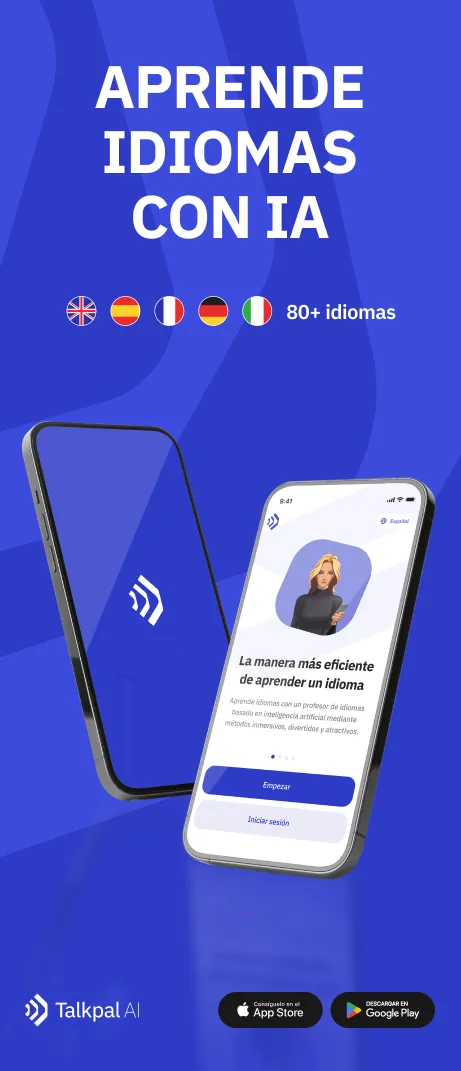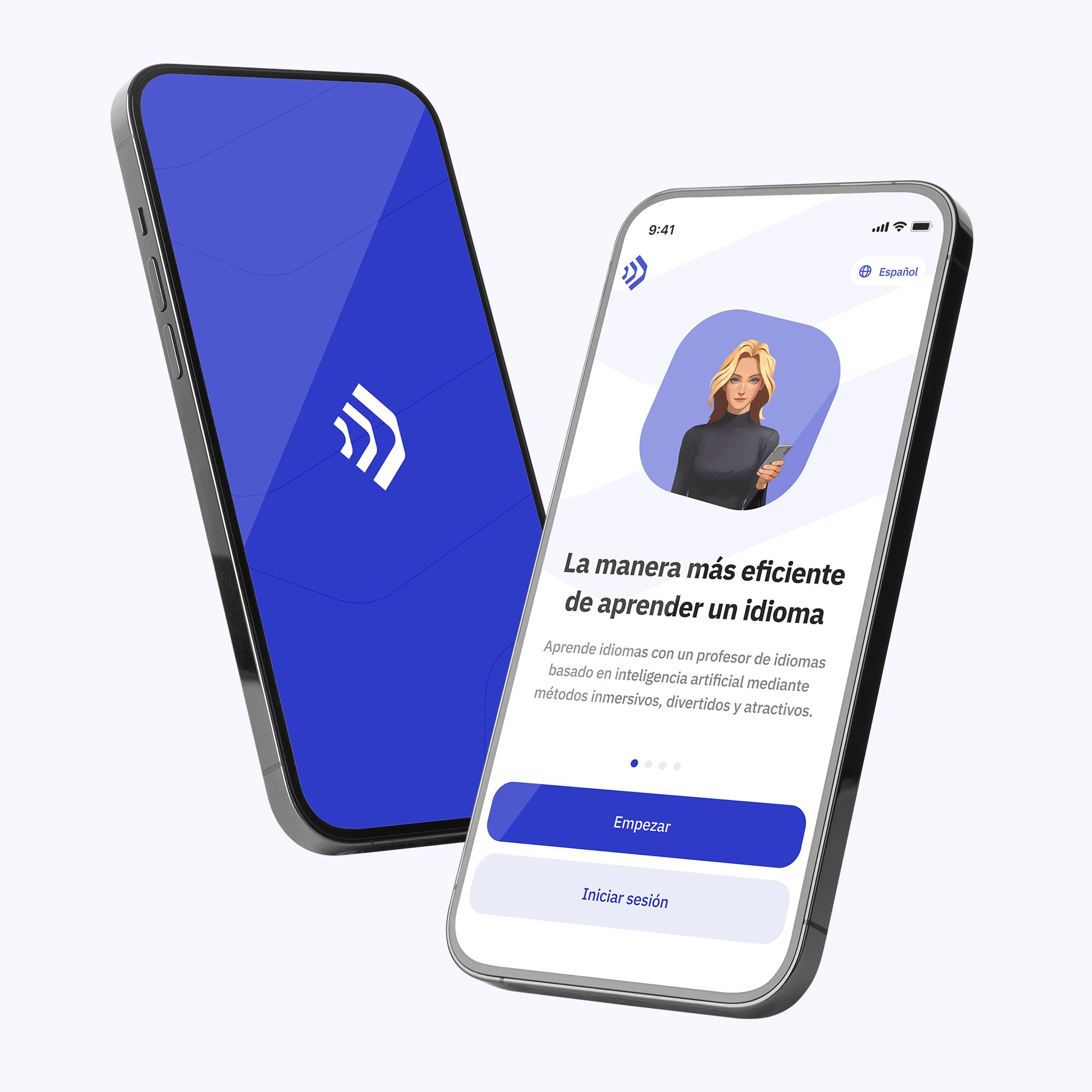Ejercicio 1: Elige la conjunción correcta (and, but, or)
2. She wanted to go to the cinema, *but* she was tired. (Pista: Usa la conjunción para mostrar contraste: «pero»)
3. Would you like tea *or* coffee? (Pista: Usa la conjunción para mostrar dos opciones: «o»)
4. He can play the guitar *and* the piano. (Pista: Suma dos habilidades, usa «y»)
5. I called you, *but* you didn’t answer. (Pista: Contraste entre dos ideas, «pero»)
6. We can watch a movie *or* play a game. (Pista: Alternativa entre dos actividades: «o»)
7. She speaks French *and* Spanish. (Pista: Suma de dos idiomas, usa «y»)
8. Tom is friendly, *but* he is very shy. (Pista: Dos cualidades opuestas, usa «pero»)
9. You can have soup *or* salad. (Pista: Elección entre dos, usa «o»)
10. I bought bread *and* milk. (Pista: Lista de dos cosas, usa «y»)
Ejercicio 2: Usa because o so correctamente
2. She was happy *because* she passed the test. (Pista: Razón de su felicidad, «porque»)
3. He didn’t have money *so* he stayed home. (Pista: Resultado de no tener dinero, «así que»)
4. We left early *because* it was raining. (Pista: Motivo por el que se fueron temprano, «porque»)
5. I was late *because* my bus broke down. (Pista: Razón del retraso, «porque»)
6. They are tired *so* they will rest. (Pista: Resultado de estar cansados, «así que»)
7. She studied hard *so* she got a good grade. (Pista: Consecuencia positiva, «así que»)
8. I didn’t eat breakfast *because* I woke up late. (Pista: Motivo, «porque»)
9. He missed the train *because* he walked slowly. (Pista: Causa de perder el tren, «porque»)
10. It was snowing *so* we stayed inside. (Pista: Resultado de la nieve, «así que»)










